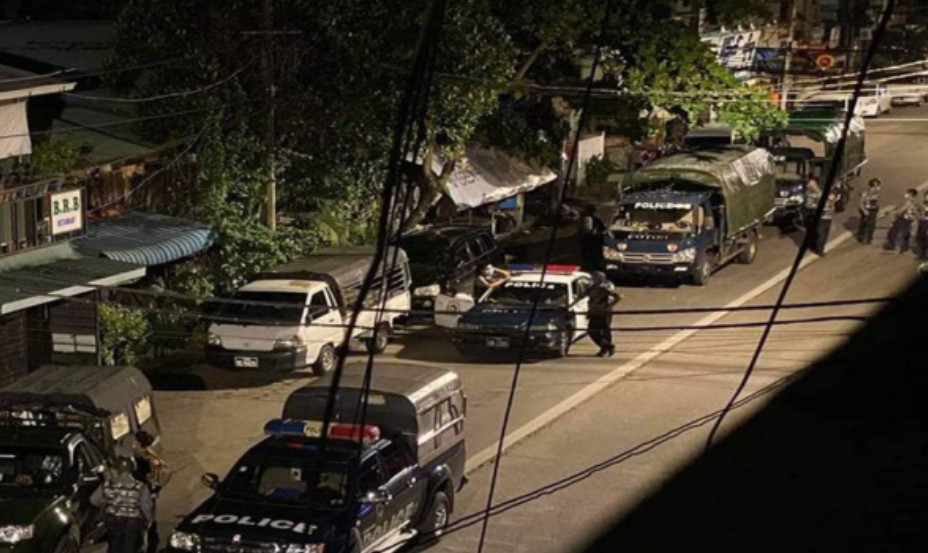Analyzing results and making improvements is a critical step in ensuring the effectiveness of a Business Impact Analysis and business continuity plans.
By systematically gathering data, identifying gaps, developing improvement strategies, implementing changes, and continuously improving, organizations can enhance their resilience and preparedness for disruptions.








After conducting tests and drills to validate the effectiveness of a Business Impact Analysis (BIA) and business continuity plans (BCPs), it’s crucial to analyze the results systematically and make necessary improvements.
Here’s a detailed approach: 1. Gathering Data and Feedback – Collect Observations:
During the Exercise: Assign observers to take detailed notes on performance, adherence to protocols, and any deviations.
Post-Exercise Surveys: Distribute surveys to participants immediately after the exercise to capture their insights, experiences, and suggestions.
Debriefing Sessions:
Immediate Debrief: Hold an initial debriefing session immediately after the exercise to discuss initial impressions and observations.
Detailed Debrief: Schedule a more comprehensive debriefing with key stakeholders to review the exercise in depth.
Data Compilation:
Performance Metrics: Compile data on predefined performance metrics, such as recovery time, communication effectiveness, and adherence to protocols.
Incident Logs: Review logs of any incidents or issues that arose during the exercise.
2. Identifying Gaps and Weaknesses
Performance Analysis:
Success and Failures: Identify which parts of the BCP worked well and which did not. Highlight successful strategies and pinpoint failures or delays.
Cause Analysis: Investigate the root causes of any issues or failures. Determine whether they were due to procedural flaws, lack of resources, inadequate training, or other factors.
Gap Analysis:
Procedure Gaps: Identify gaps in procedures, such as unclear instructions, missing steps, or inadequate contingencies.
Resource Gaps: Assess whether there were any resource shortages, including personnel, equipment, or information.
Training Gaps: Evaluate the effectiveness of training and identify areas where additional training is needed.
3. Developing Improvement Strategies
Update Procedures:
Refine Protocols: Modify existing protocols to address identified gaps and weaknesses. Ensure procedures are clear, concise, and actionable.
Add New Protocols: Develop new protocols if necessary to cover previously unaddressed scenarios or contingencies.
Enhance Resources:
Allocate Resources: Ensure that critical resources, such as backup equipment, data storage, and emergency supplies, are adequately stocked and accessible.
Technology Upgrades: Invest in technology solutions that can enhance recovery capabilities, such as automated backup systems, advanced communication tools, and real-time monitoring systems.
Improve Training:
Targeted Training: Develop targeted training programs to address identified skill gaps. This might include specialized training for IT recovery, crisis communication, or emergency response.
Cross-Training: Implement cross-training programs to ensure that multiple employees can perform critical functions.
4. Implementing Changes
Documentation:
Update BCP: Revise the business continuity plan to incorporate all changes and improvements. Ensure that the updated BCP is well-documented and accessible to all relevant parties.
Communicate Changes: Communicate updates and changes to all employees and stakeholders. Ensure that everyone understands the new protocols and their roles in the updated plan.
Testing Improvements:
Follow-Up Tests: Schedule follow-up tests and drills to validate the effectiveness of the implemented changes. Ensure that improvements address the identified issues and enhance overall preparedness.
Ongoing Monitoring: Establish mechanisms for ongoing monitoring and evaluation to ensure that changes are effective and sustainable.
5. Continuous Improvement
Feedback Loop:
Regular Reviews: Conduct regular reviews of the BCP and BIA to ensure they remain relevant and up-to-date with changing business environments and emerging threats.
Stakeholder Engagement: Engage with stakeholders regularly to gather feedback and insights on the effectiveness of the BCP and areas for improvement.
Benchmarking:
Industry Standards: Benchmark against industry standards and best practices to ensure that the organization’s BCP is aligned with current trends and advancements.
Peer Reviews: Participate in peer reviews or industry forums to share experiences and learn from other organizations’ continuity planning efforts.
Documentation and Reporting:
Audit Trails: Maintain detailed documentation and audit trails of all tests, drills, analyses, and improvements. This documentation is crucial for compliance and continuous improvement.
Reporting: Provide regular reports to senior management on the status of business continuity planning, including test results, identified gaps, and improvement initiatives.

Leave a Reply